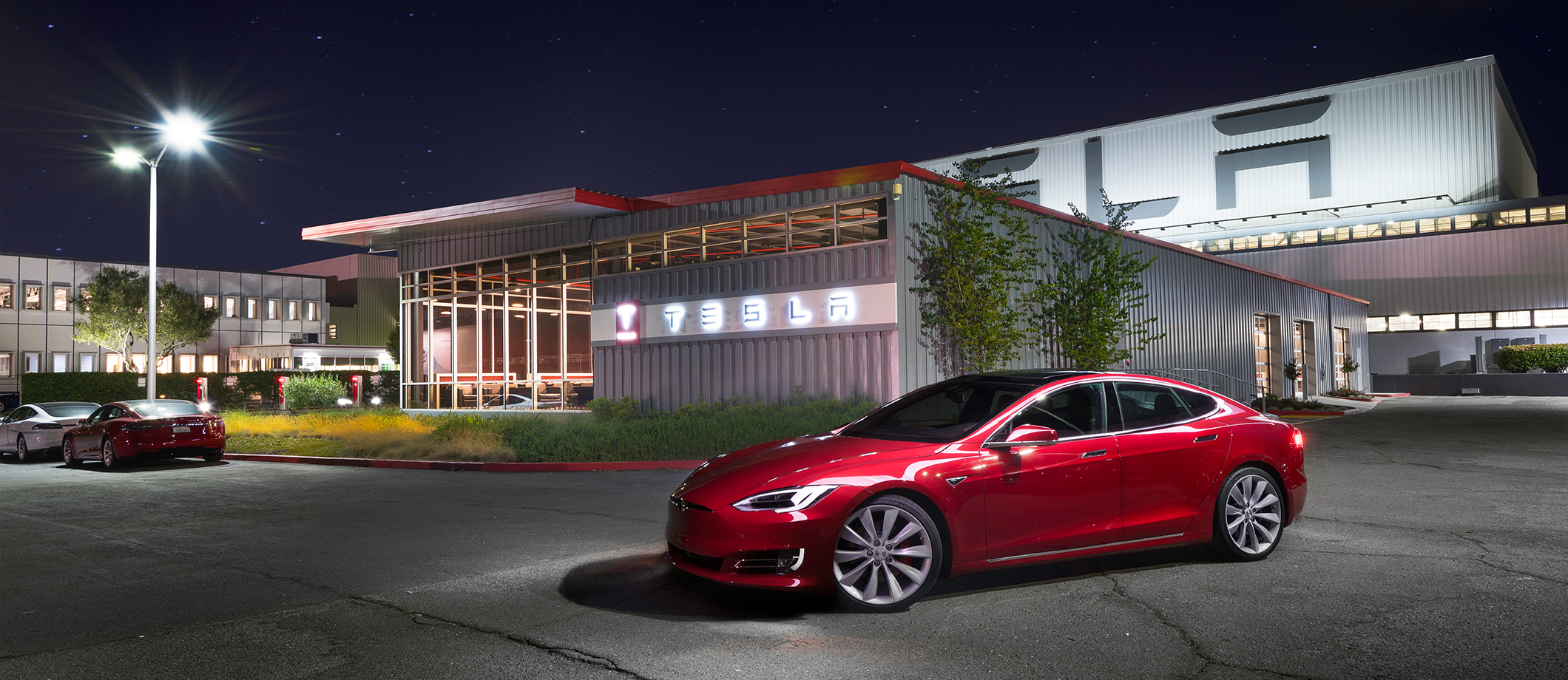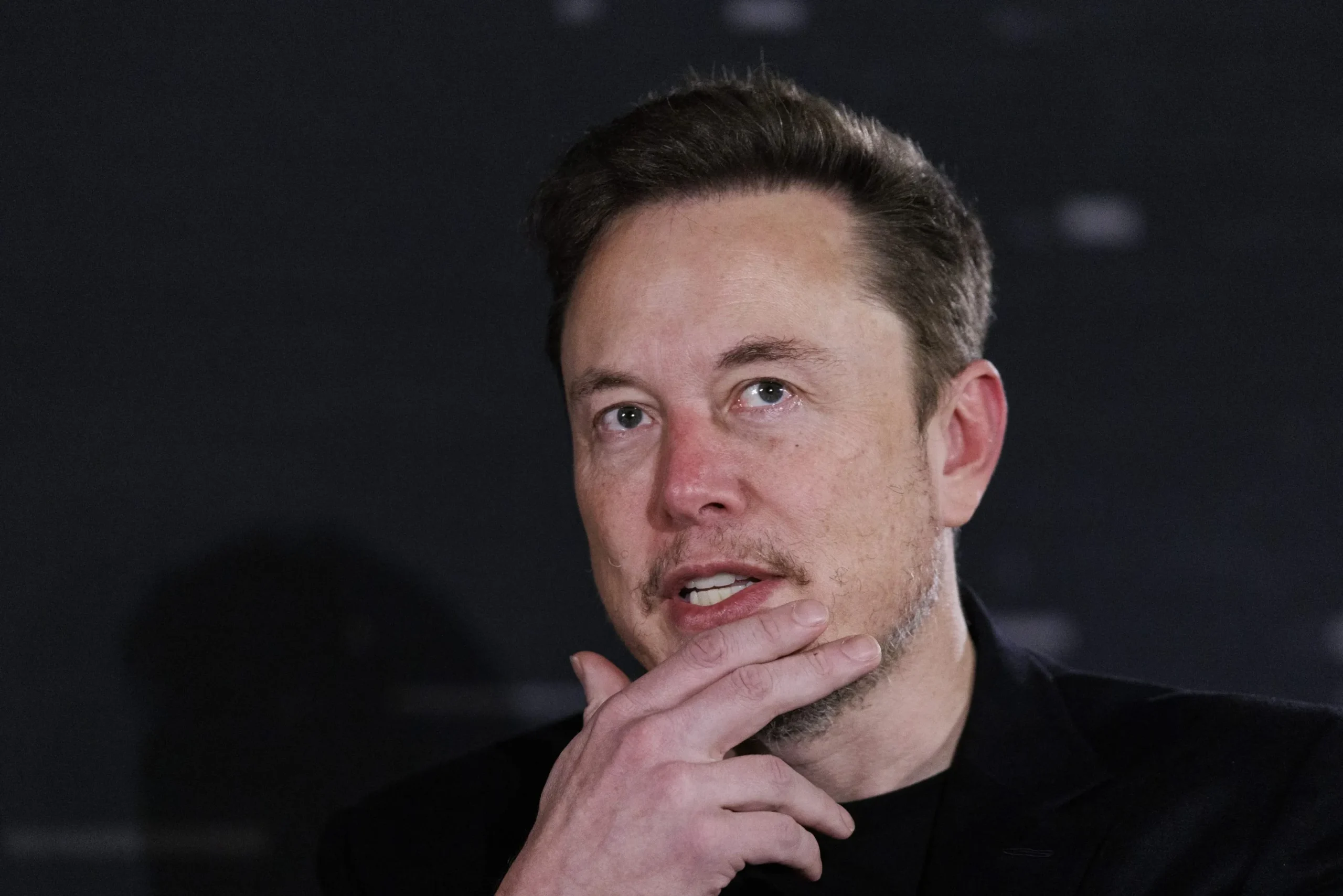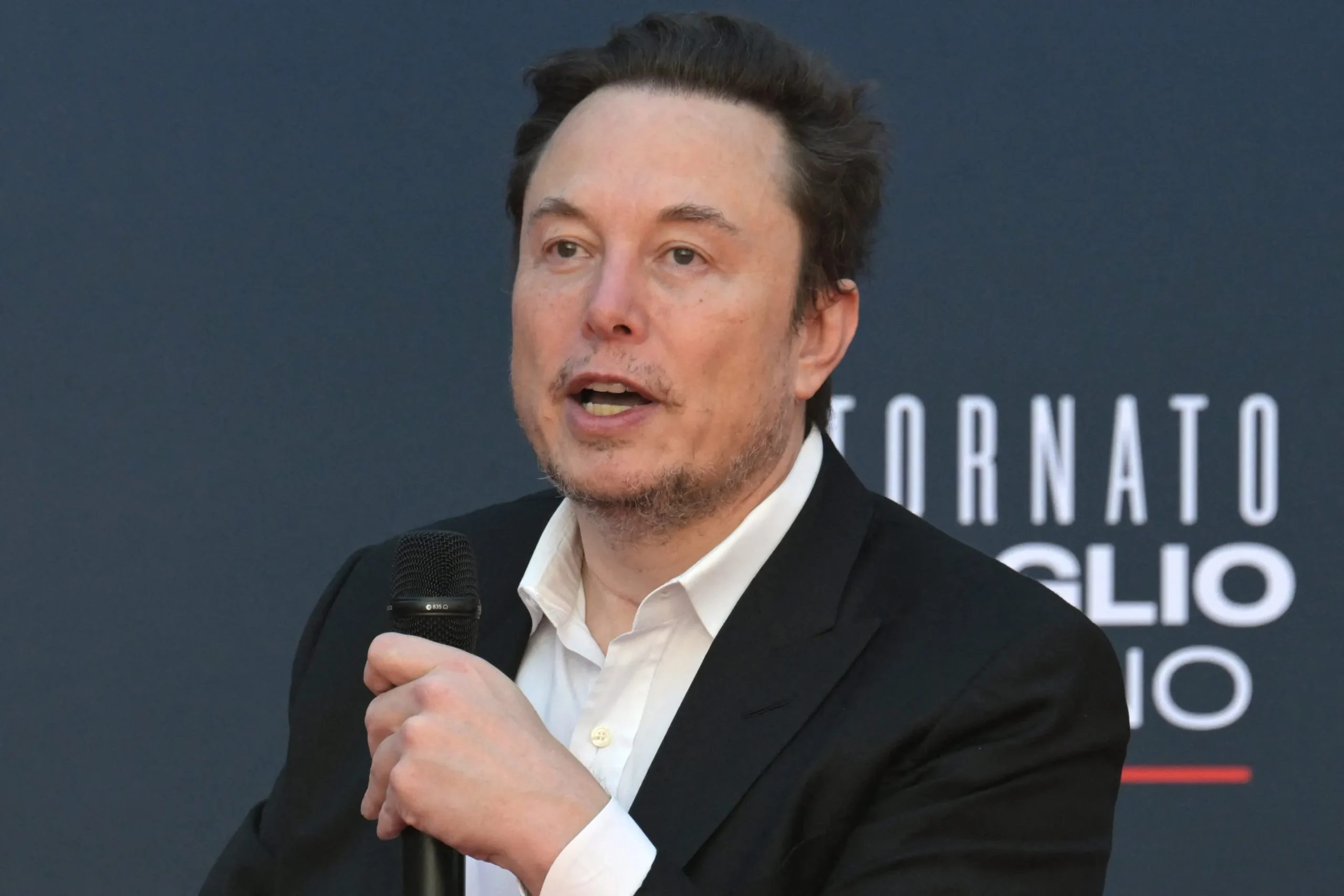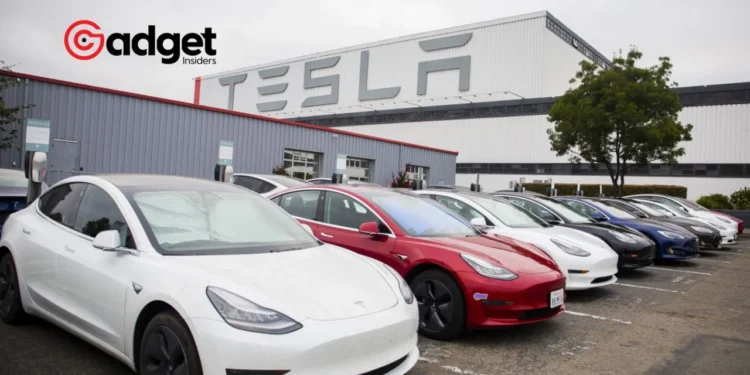Tesla, the electric vehicle (EV) giant known for its innovative technology and environmentally friendly cars, is taking a significant turn in its marketing strategy. For years, Tesla and its CEO, Elon Musk, have been known for their unique stance on advertising: essentially, there wasn’t any. Musk’s philosophy was simple and echoed throughout the industry: “Tesla does not advertise or pay for endorsements. Instead, we use that money to make the product great,”
he declared in a 2019 post on X, formerly Twitter. This approach highlighted a confidence in product quality and customer satisfaction driving sales through word-of-mouth and the sheer star power of Elon Musk.
However, as 2024 unfolds, the company is navigating through turbulent waters, with its stock plummeting nearly 30% since the start of the year. Faced with rising competition, especially from Chinese EV makers, and a desire to rejuvenate sales, Tesla is now charting a new course: digital advertising.
A Surge in Digital Advertising Spend: Tesla’s New Normal
In a marked departure from its long-standing no-advertising mantra, Tesla is injecting a hefty sum into digital advertising. According to a Wall Street Journal report, citing data from Vivvix, a subsidiary of MediaRadar, the company’s expenditure on digital ads soared to an estimated $6.4 million last year, a staggering increase from the mere $175,000 spent in 2022.
The first quarter of this year alone saw Tesla spending 900 times more on U.S.-targeted digital advertising than the year prior, based on a Sensor Tower report. This significant investment underscores the brand’s commitment to leveraging digital platforms, with a strong focus on YouTube, alongside campaigns across Facebook, Instagram, Google, and the Musk-owned X platform.
These initiatives aim to spotlight the Model Y vehicle, emphasizing features like Autopilot and extra cargo space, and engaging families with in-car entertainment options, signaling a robust push to amplify sales before a scheduled price hike on April 1.

Analyzing Tesla’s Strategic Pivot: The Implications
This pivot to digital advertising represents more than just a tactic to boost short-term sales; it signifies a strategic realignment in Tesla’s approach to market penetration and brand building in an increasingly competitive landscape. Despite Musk’s earlier reservations about advertising, his openness
“try a little advertising”
as expressed at last year’s annual shareholder meeting, indicates a pragmatic shift in mindset. This evolution is not just about confronting immediate stock market challenges or production adjustments, such as the recent scaling back at the company’s plant in China, but about fortifying Tesla’s market position and ensuring long-term growth.

Wedbush Securities’ recent adjustments, cutting their Tesla vehicle delivery estimate for the quarter and tweaking the price target, reflect the broader market’s reaction to the company’s challenges and strategic adjustments. Yet, their “outperform” rating reinstatement underscores a belief in the brand’s resilience and potential to navigate through these headwinds.
$TSLA $SPY $SONG Tesla scraps Elon Musk’s no-advertising mantra as stock nosedives nearly 30% this year https://t.co/eEHn85j4eZ $QQQ $AAPL $BTC pic.twitter.com/IcCaRUGkYd
— Music Licensing, Inc. (OTC: SONG) (@OTC_SONG) March 30, 2024
Musk’s Directives: Beyond Advertising to Aggressive Promotion
In addition to digital advertising, Tesla is doubling down on aggressive promotion tactics, particularly for its “full-self driving” subscription service, priced at $12,000 per year. A leaked internal email revealed Musk’s directive for staff to offer potential customers a quick trial of the service during car pickups.
This approach, while potentially slowing down the delivery process, underscores the company’s commitment to immersive, experience-based marketing, aiming to convert interest into sales through direct engagement.

A New Chapter for Tesla
As Tesla embarks on this new chapter, the EV leader is not just responding to short-term market pressures but is adapting to the evolving dynamics of the automotive industry.
This strategic pivot to digital advertising, coupled with aggressive promotion tactics, showcases a Tesla that is agile, proactive, and ready to leverage every tool in its arsenal to ensure its products remain at the forefront of consumers’ minds.
As the year progresses, all eyes will be on the EV giant to see how this shift impacts its sales, market position, and, ultimately, its stock performance.










